Alesia Derks knew all the ins and outs of the Spectrum Health MyChart.
She worked on the team that created and taught people how to use the online tool, which allows patients to manage and track their health information on any mobile device.
What she didn’t know was how much she would personally need to rely on MyChart.
Years after its launch, Derks received a difficult diagnosis at age 52: young onset Parkinson’s disease. She became determined to fight for her quality of life, using MyChart and any other tools available to her.
“I never dreamed I’d need it, but it has become something I look at constantly,” said Derks, a former pediatric intensive care nurse who now works as director of nursing informatics for Spectrum Health.
Her positive attitude, active lifestyle, medical knowledge and dynamic personality make her a model Parkinson’s disease patient—one her doctor uses as an example to encourage other patients.
“Alesia is always a poster child here. She steals the show,” said Ashok Sriram, MD, a neurologist with Spectrum Health Medical Group. “You have to take an active role in combating the disease. That’s the only way to make anything better.”
That’s exactly what Derks is trying to do.
“It is what it is,” she said. “As long as I can keep going, I am going to, because that’s what’s going to help keep this disease at bay.”
The diagnosis
Derks first saw Dr. Sriram in May 2017 because the hand tremors she had noticed for some time were getting worse.
As a nurse and a daughter who has watched her father and other family members deal with Parkinson’s disease, she felt pretty sure she knew what the diagnosis would be.
“When the tremors started, I thought, ‘No, no, no. It can’t be me,’” Derks said.
Parkinson’s is a progressive nervous system disease that affects movement. For Derks, symptoms started gradually, first with slight tremors in one hand, then in both hands.
While there’s no cure, medications and therapy can help reduce the impact of symptoms on quality of life, Dr. Sriram said.
Dr. Sriram prescribed a medication to help Derks control her hand tremors.
“It worked incredibly,” she said.
He also sent her to what’s called LSVT Big and Loud therapy. A combination of physical therapy, occupational therapy and speech therapy, it’s designed to improve body function and slow the loss of motor skills with special exercises.
“Parkinson’s makes their movements slow and small, so with these exercises, they go exactly the opposite way, thinking big, doing big, speaking loud,” Dr. Sriram said. “That training, in combination with the medications, is the best treatment option.”
Every day, you will find Derks in her basement doing her exercises, or maybe doing a kick-boxing or yoga video.
“It’s definitely helped,” she said.
Her support team also gets her through. Her doctors. Her husband, Larry. Her 25-year-old son, Parker, in Arizona.
Her dogs, Rufus and Phoenix, are also her therapy.
“They all keep me going,” she said.
Mastering MyChart
Derks uses MyChart regularly for many things—to message her doctor, look up lab results, keep track of appointments, read notes after doctor’s visits, manage costs and more.
She’s now working with Dr. Sriram and other Spectrum Health doctors on a MyChart pilot program that will allow patients to use a diary template within the app to track the impact of new medications and other treatments.
Doctors will be able to view the information in real time, rather than waiting for patients to report changes at their next appointment.
Derks said some patients will simply stop taking a medication if they don’t like the side effects and then wait until their next appointment, months later, to tell their doctor. With a progressive disease like Parkinson’s, that can be detrimental when time is of the essence.
While the pilot program is focusing on Parkinson’s patients, she’s hopeful it could help others down the road.
“There are a million other diagnoses this could be used for,” Derks said.
Dr. Sriram is also excited for the possibilities.
“To have this interaction with patient and provider together, in real time, in order to improve the continuity of care, this would serve as a model in my opinion,” he said.
Meanwhile, Derks works hard to not let her diagnosis get her down.
Her brother died of leukemia at age 18, so she has learned to appreciate every day, whatever it throws her way.
“To me, it’s a gift to be here,” she said. “If you let everything in life that happens to you get you down, you’d be a mess all the time. Now that I have this diagnosis, I want to use my knowledge and expertise to figure out this dang disease.”
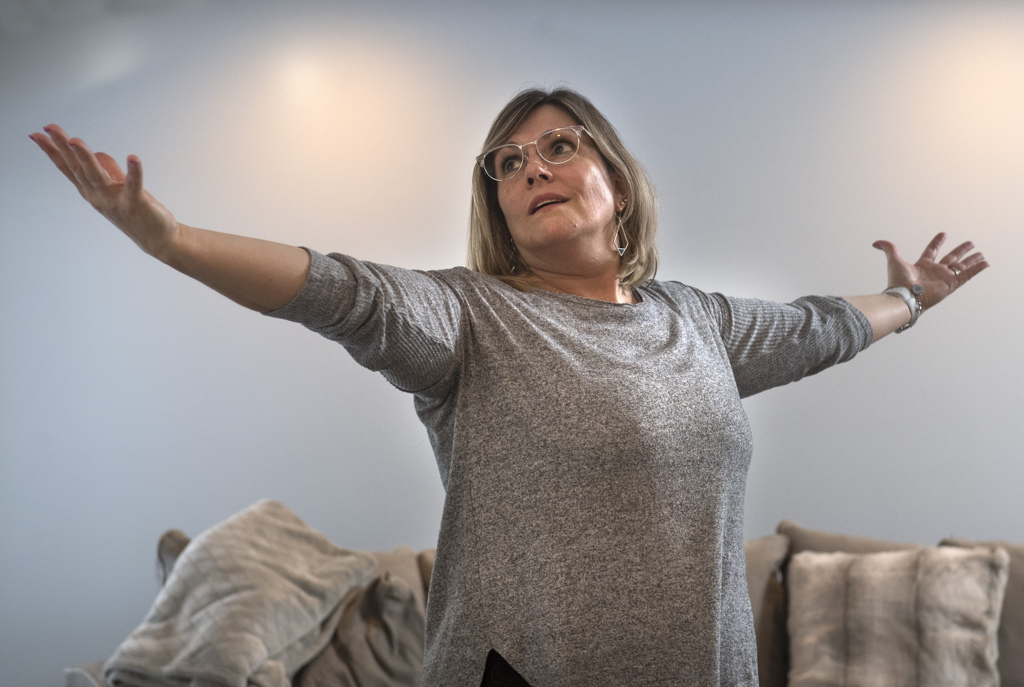
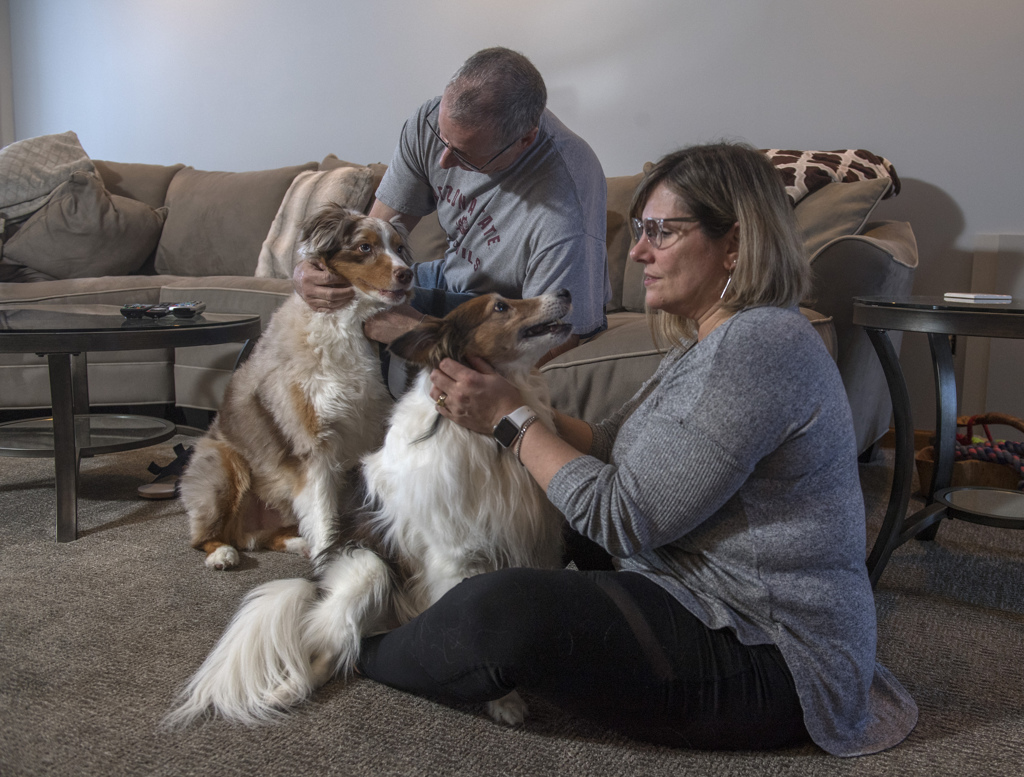






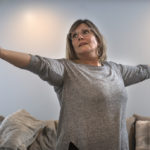

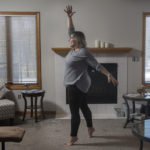

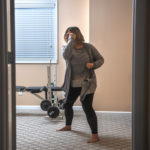
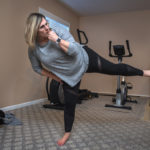
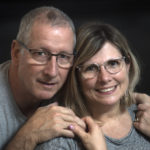


 /a>
/a>
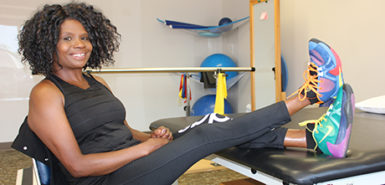 /a>
/a>
 /a>
/a>
Wow, Alesia, with your positive attitude, you are an inspiration to others! Thank you for sharing your journey.
A brave beautiful smart and sweet lady stay strong have faith (forward all issue to heaven) and you are a gift 🙏🌟❤️
Thanks for being so open Alesia! Working on your own health and helping others along the way!
Thank you for sharing your sparkle in this journey! Alesia you an inspiration to others to kick Parkinson’s…
Alescia, I’m on the same journey and am very interested in how the app can improve care. I was diagnosed in 2012.
Best wishes to you, Lois!
Alesia
You are a rock star! You have such a great attitude toward tacking this disease and facing it with a brave and positive outlook. I’m cheering you on friend. Thank you for continually improving tools and communication for patients. I am grateful to you!
I sending you love, joy and healing thoughts.